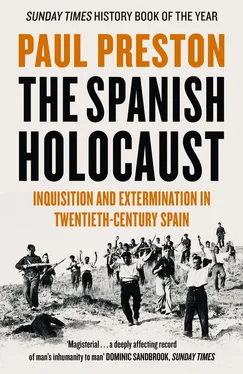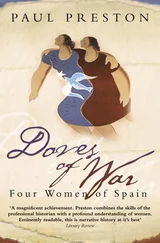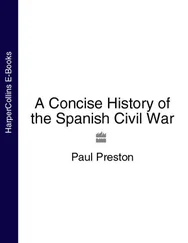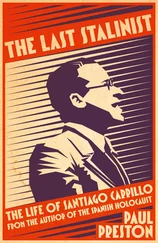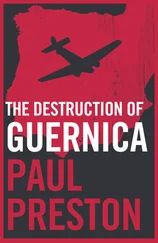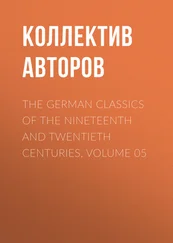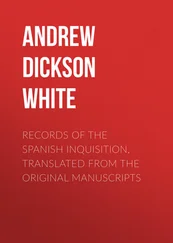The ambience in Jérez itself could be deduced from a broadcast on Radio Jérez on 24 July by the monarchist intellectual José María Pemán. He sang a hymn of praise to the war against what he called ‘hordes of barbarian invaders’. The implicit comparison of the working-class left with the Berber invaders of 711 was emphasized when he declared, ‘The war with its flashes of gunfire has opened our eyes. The idea of political alternation has been replaced for ever by that of extermination and expulsion, which is the only valid response against an enemy which is wreaking more destruction in Spain than any ever caused by a foreign invasion.’ 20
An experienced Africanista, Captain Mariano Gómez de Zamalloa, arrived in Jérez from Ceuta to take overall charge of the landowners’ mounted columns. 21The recovery of estates in the surrounding area seized by leftists fell to the column led by the Marqués de Casa Arizón. Another column was organized by José Mora-Figueroa’s brother Manuel, with the scions of other aristocratic and landowning families and of sherry magnates, like the Duque de Medina-Sidonia and Estanislao Domecq y González. The self-styled Tercio Mora-Figueroa was made up initially of three hundred young rightists, Falangists, sons of landowners and workers from the Catholic unions.
As if on a hunting party, Mora-Figueroa and his men, accompanied by Civil Guards and Requetés, set out eastwards towards Arcos de la Frontera, where his family owned land. Despite the fact that Arcos had fallen without violence, a terrible repression was unleashed which saw the deaths of eighty-six Republicans. 22The column attacked villages to the north-east of Cádiz still in Popular Front hands and recaptured estates occupied by their workers. From Arcos, Gómez de Zamalloa’s column of Regulares and Mora-Figueroa’s men moved on to Algodonales and Olvera, where the repression was fierce. 23On 13 August, Mora-Figueroa’s group reached Villamartín, which had been under the control of the Civil Guard since 19 July. There had been a few isolated incidents of left-wing violence but the repression was disproportionately severe. The landowners of Villamartín were determined to annihilate all members of trade unions and of the Socialist and Republican parties and any Republican who had held any elected office.
Despite the protests of the parish priest, men and women were tortured and shot without trial for reasons as capricious as having advocated improved working conditions or for having taken part in a carnival involving a spoof funeral of Gil Robles and songs ridiculing the right. One seventeen-year-old was shot because his father was a Socialist and a sixteen-year-old because his anarcho-syndicalist father had fled. Altogether four teenagers were murdered. A couple aged seventy-three and sixty-three were shot because their anarcho-syndicalist son had also escaped. Married couples were shot, their young children left to starve. In another case, Cristóbal Alza and his wife were arrested, their heads were shaved and they were given castor oil. Believing that they were now safe, they stayed in the town but were arrested again. Cristóbal’s brother Francisco pleaded for their lives with the Captain of the Civil Guard, who replied that he would spare only one and that Francisco must choose. He chose his brother. Between July 1936 and February 1937, a total of 102 men and nine women were executed in Villamartín. 24Three women were murdered in Bornos, two in Espera, one in Puerto Serrano, one in Arcos de la Frontera, at least ten in Ubrique and five in Olvera. 25
These first killings were carried out under the umbrella of the proclamation of martial law, the Bando de Guerra, based on that issued by Queipo de Llano on 18 July. In every town and province across Western Andalusia, although the wording might vary slightly, the sweeping terms of the edict (bando) effectively decreed that anyone who opposed the rising would be shot. 26Those who carried out the killings could then claim airily that they were ‘applying the Bando de Guerra’. With no judicial basis, men were taken out and shot, their bodies left by the roadside to rot. In fact, Queipo de Llano had no authority to issue such an edict. 27
Queipo de Llano wrote to López Pinto on 4 August urging him to speed up the process of eliminating the left in Cádiz. With the first African columns having left Seville for Madrid on 2 and 3 August, he wrote: ‘This will be over soon! It won’t last more than another ten days. By then it is crucial that you have finished off all the gunmen and communists in your province.’ When a new judge made inquiries about the progress of the trial of the prominent Republicans in Cádiz, he was informed that it had been shelved ‘as a result of the death of the individuals concerned by dint of the application to them of the edict of martial law of 18 July 1936’. 28
Queipo de Llano’s letter reflected a key moment in the repression. The towns and villages of Cádiz, Huelva and Seville and much of Córdoba and Granada had fallen to the insurgents. The population of this territory was predominantly Republican, Socialist and anarcho-syndicalist in its sympathies. To prevent any rebellion in the rear as the columns moved north, the repression was to be intensified. Prisoners were to be killed. Two days after sending the letter, Queipo de Llano backed up its sentiments by posting the retired Lieutenant Colonel Eduardo Valera Valverde to be Civil Governor of the province of Cádiz. Valera was instructed to ‘proceed with greater energy’. In Sanlúcar de Barrameda the occupying forces began more systematic executions from 8 August. In Puerto Real, near the provincial capital, the Mayor had prevented anti-clerical disturbances and the burning of a convent on the night of 18 July. Nevertheless, he had been arrested the following day. He was a bookseller, a moderate Republican of Azaña’s Izquierda Republicana. Despite pleas on his behalf by the Mother Superior of the convent, he was killed without any trial on 21 August. Two months later, his bookshop, already ransacked by Falangists, was confiscated. 29
In the meantime, in the villages between Villamartín and Ubrique, such as Benamahoma, the Mora-Figueroa column arrested the mayors and imposed new town councils. Using Olvera as their base, they advanced over the provincial border into Seville and conquered the town of Pruna on 18 August, and the villages of Villanueva de San Juan and Algámitas four days later. The local landowners and right-wingers who had been placed in protective custody by the Popular Front authorities claimed that the column had arrived just in time to save them from horrendous atrocities. It was not explained why the left had waited so long before contemplating such atrocities. 30
The repression in Benamahoma was undertaken by a notorious gang known as the ‘Lions of Rota’, consisting of self-declared Falangists led by Fernando Zamacola, a man from Galicia with a record of assault and armed robbery. At a post-war investigation into Zamacola’s crimes, it was revealed that more than fifty people had been executed including several women. The town postman was shot along with his fifteen-year-old son. Members of the Lions testified that Juan Vadillo, the local commander of the Civil Guard, had ordered the shootings to cover up the appalling beatings inflicted on those arrested. As well as murders, there was also considerable theft of the property of those detained and sexual abuse of the wives of men who had fled or been shot. These women were forced to clean the Civil Guard barracks and the offices of the Falange and made to dance at parties organized by Zamacola’s men. As well as cases of head-shaving and the use of castor oil, several were raped by both Vadillo and Zamacola. 31Zamacola was awarded Spain’s highest military decoration, the Gran Cruz Laureada de San Fernando. 32
Читать дальше
